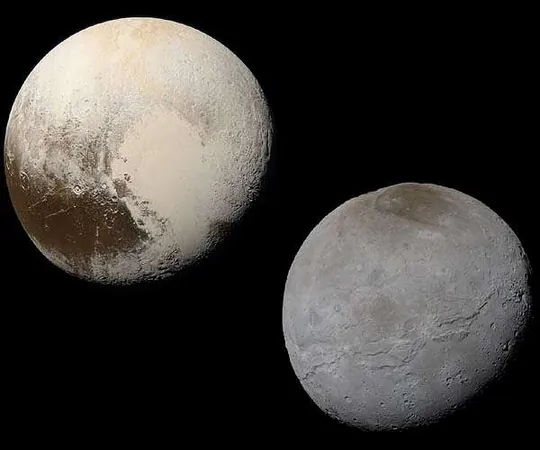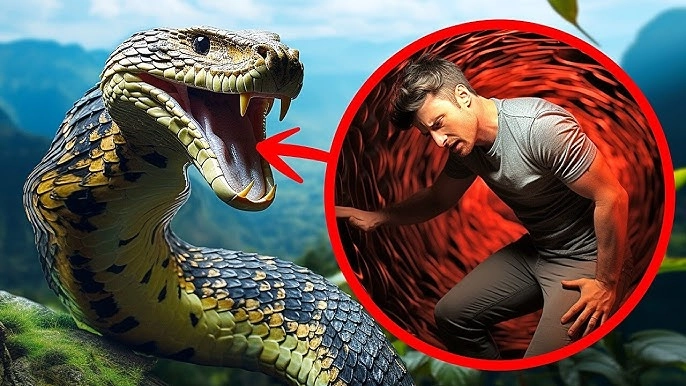
New Insights Into Pluto and Charon's Formation: The Fascinating "Kiss and Capture" Theory
2025-01-07
Author: Arjun
Introduction
In a groundbreaking study from the University of Arizona, researchers have uncovered a new theory about the formation of Pluto and its largest moon, Charon. Published on January 7, 2025, the research reveals the intriguing possibility that these two celestial bodies came together through a unique "kiss and capture" event, radically diverging from earlier models that liken their formation to the Earth-Moon relationship.
The Complexity of Formation
Lead researcher Adeene Denton emphasized the complexity of Pluto and Charon's formation, stating, "This has puzzled scientists for years." The team explored how the structural integrity of icy and rocky materials in smaller, frigid bodies could lead to a scenario where an impact causes only limited deformation. Instead of merging into a spherical mass, Pluto and Charon engaged in a brief encounter, resulting in a temporary snowman-like structure before eventually separating.
Simulation Findings
Through advanced simulations, the researchers found that neither Pluto nor the early Charon experienced significant changes in their shapes due to the collision, in stark contrast to larger planetary formations. Senior author Erik Asphaug noted, "This model not only explains how Charon was captured but also accurately predicts its current orbital dynamics."
Implications for Primordial Composition
Significantly, their findings suggest that Pluto and Charon largely maintained their primordial compositions throughout their formation, which contradicts previous models that speculated extensive mixing and deformation of materials. This retention of original characteristics implies that the two bodies' separation, combined with tidal friction, generated substantial internal heat, potentially leading to the formation of a subsurface ocean on Pluto. This discovery raises questions about the early conditions of the solar system, particularly the necessity for high levels of radioactive materials often deemed essential for heating.
Future Research Directions
Moreover, the research team plans to delve deeper into how tidal forces influenced the early evolution of both Pluto and Charon. They aim to relate these phenomena to Pluto's current geological features and assess whether such "kiss and capture" events could elucidate the formation of other binary systems across the cosmos.
Conclusion
As the scientific community continues to unravel the mysteries of our solar system, this innovative research sheds light on the intricate dance between celestial bodies and offers a captivating glimpse into the origins of Pluto and Charon. Who knows? This theory might just be the key to understanding more about other unexplored regions of space!

 Brasil (PT)
Brasil (PT)
 Canada (EN)
Canada (EN)
 Chile (ES)
Chile (ES)
 Česko (CS)
Česko (CS)
 대한민국 (KO)
대한민국 (KO)
 España (ES)
España (ES)
 France (FR)
France (FR)
 Hong Kong (EN)
Hong Kong (EN)
 Italia (IT)
Italia (IT)
 日本 (JA)
日本 (JA)
 Magyarország (HU)
Magyarország (HU)
 Norge (NO)
Norge (NO)
 Polska (PL)
Polska (PL)
 Schweiz (DE)
Schweiz (DE)
 Singapore (EN)
Singapore (EN)
 Sverige (SV)
Sverige (SV)
 Suomi (FI)
Suomi (FI)
 Türkiye (TR)
Türkiye (TR)
 الإمارات العربية المتحدة (AR)
الإمارات العربية المتحدة (AR)